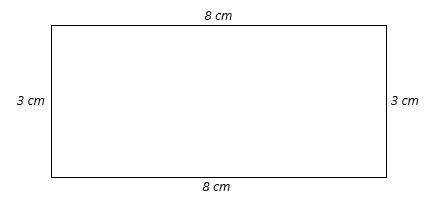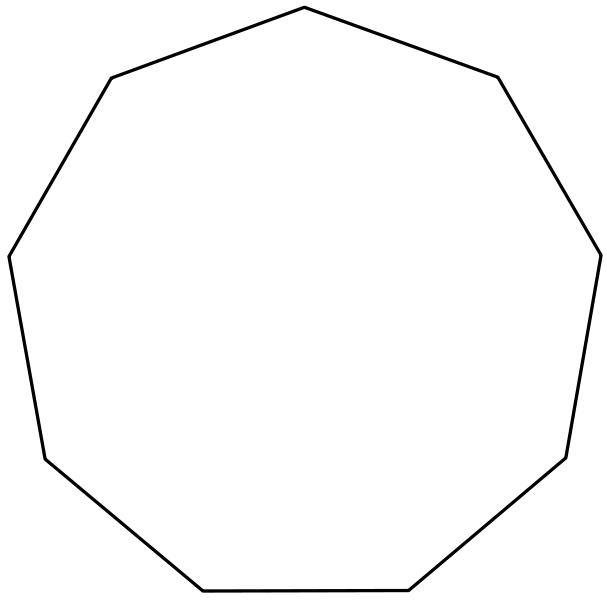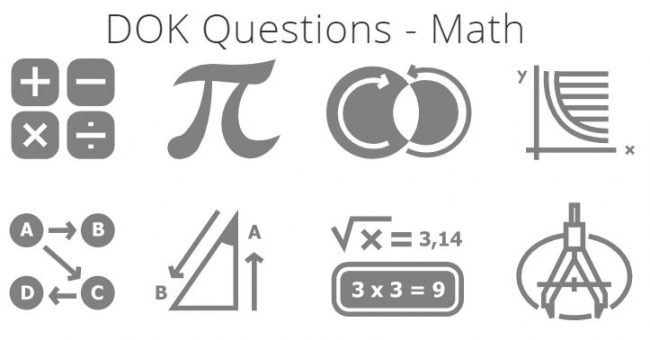In our Depth of Knowledge article, we provided an insight into the specifics of this rubric for the assessment of education-related tools. Building upon that, we created another Depth of Knowledge Questions (Science) article to provide a look into how the DOK Levels translate into practical questions. And now, to complete the translation of the DOK rubric into sample questions, this blog post provides Depth of Knowledge questions for Math.
The example questions within each level are listed in increasing order of difficulty. Based on these, you can develop your own questions appropriate for the targeted learner’s proficiency.
DOK Level – 1
- Determine the area of the rectangle depicted below.

- Identify the following polygon. Also, what are the internal angles of the given polygon?

- Solve the following linear equation for x.
15x + 14 = 49
- What are fascinating numbers? Explain with an appropriate example.
- What is the probability of rolling a sum of 3 using two 6-sided dice?
DOK Level – 2
- Demonstrate the Pythagoras theorem using an example.
- Identify and label the plane and three-dimensional figures in the following images.

3. Describe the 7 different types of quadrilaterals along with diagrams.
4. Discern the derivative of f(x).
5. Fill in the blanks with appropriate numbers: _ / _ X _ / _ = 2/3
![]()
DOK Level – 3
- Connect the highlighted points and calculate the areas of all the triangles, rectangles, and squares that are possible. With the help of the area calculator, you can find the area of all the triangles.

2. Explain with an example how changing the dimensions of a sphere would affect its area and circumference.
3. Fill in the blanks such that the product is as close to 6/23 as possible.
_ / _ X _ / _ =
- Come up with a non-routine pattern and create a mathematical rule for it.
- Predict the next 3 numbers for the pattern given below.
3, 5, 12, 14, 20, 22, 28, 30, 36, 39
DOK Level – 4
- Create a non-Euclidean geometry. Additionally, give the general form of the geometry you use, along with an example equation and its graph.
- Draw and label a nine-point circle. How do you find its center? Explain with the help of a diagram.
- Collect data related to the average temperature in your town. Additionally, analyze the data with reference to previous temperature patterns. Also, predict the average temperature of your town for the next 5 years. Provide relevant graphs.
- What is the main conjecture of the Iwasawa theory? Has it been proved? Conduct research and expound upon the theory along with relevant citations.
- Write a system of equations to describe the situation given below. Additionally, solve using the method of elimination and fill in the blanks.
A five-day fund-raising event is being held in the city center. Yesterday, the organizers sold 45 tables and 30 chairs, and raised a total of $1,350. Today, they sold 40 tables and 28 chairs, and raised $1,220. How much does a table and a chair cost?
Developed by Norman L. Webb, the Depth of Knowledge framework has proven to be an effective tool for designing assessments and analyzing their results. Its application has helped in developing effective assessment strategies and has also guided the way for remediation. As it provides a well-categorized and multilevel working of the assessment process, its application enables the teachers to assess the students at different levels of understanding.
References:
Secondary Math Matrix – Robert Kaplinsky
Support Materials for Core Content for Assessment
Image Credits:
Visit our blog for further reading about ELA and Science DOK standards. Create.Engage.Inspire

















